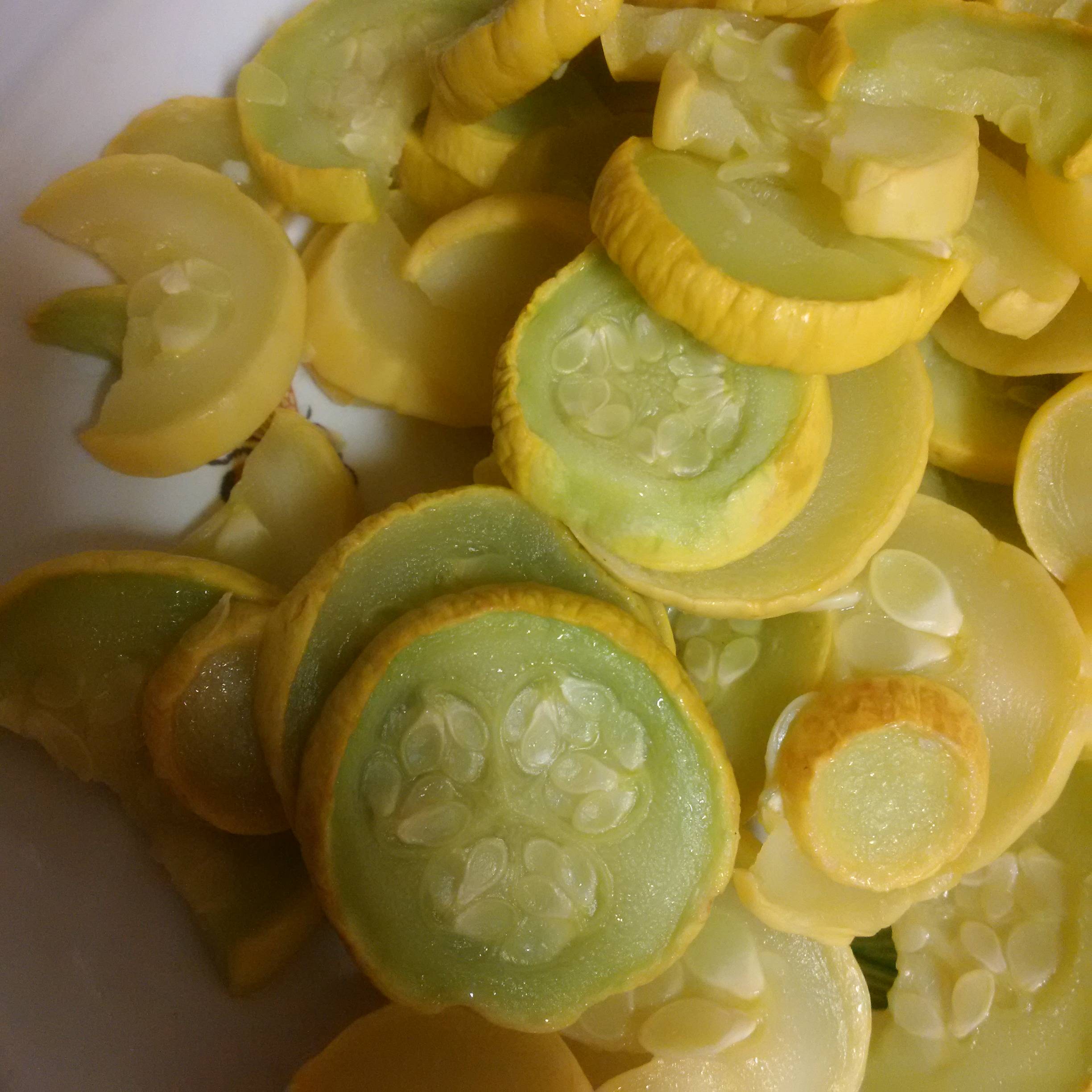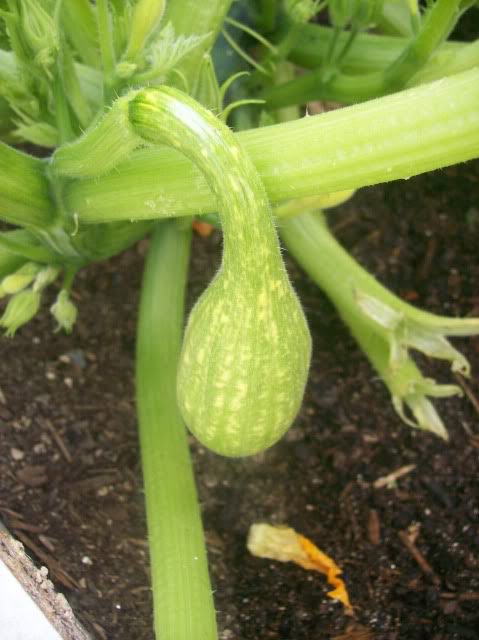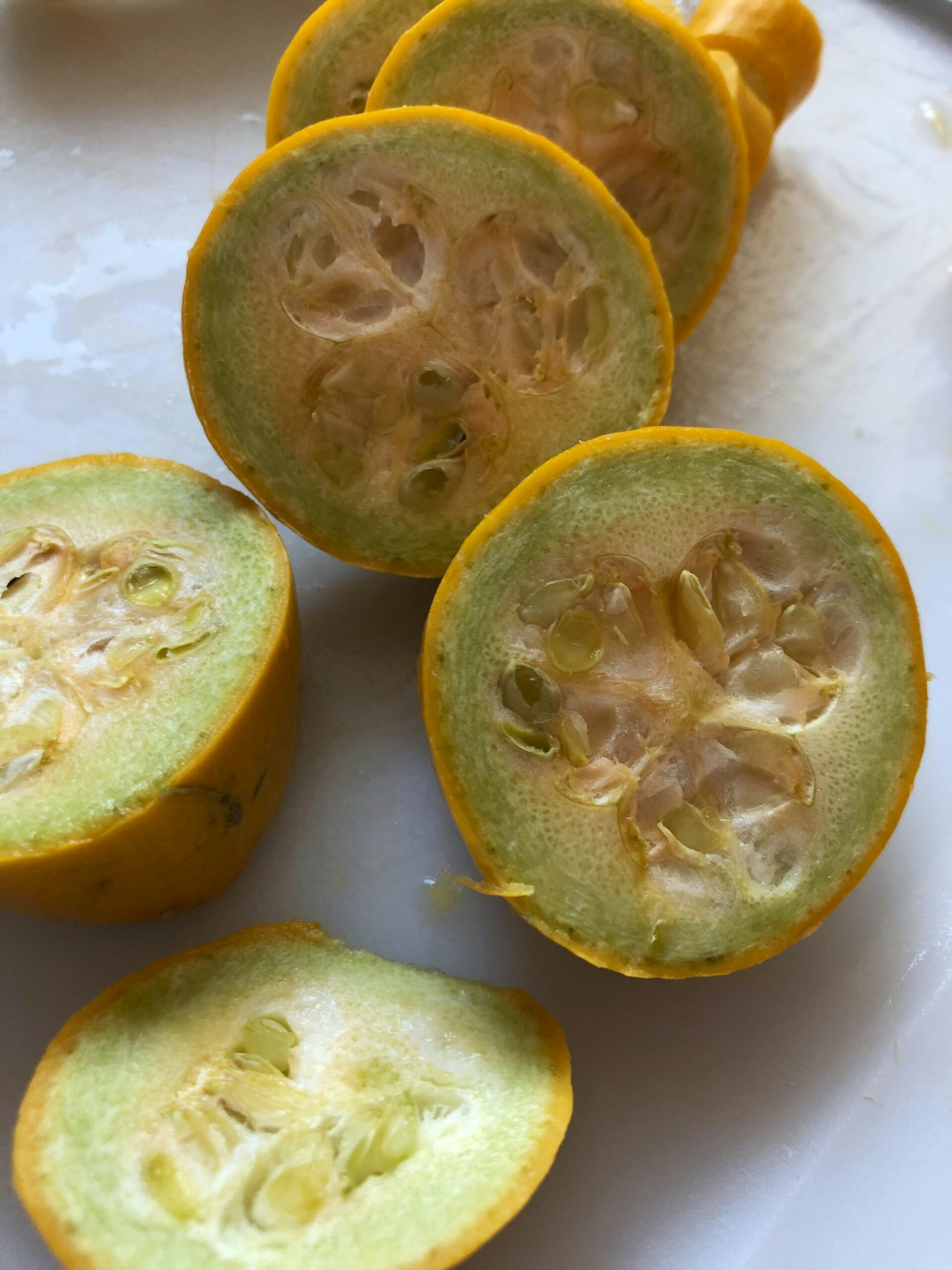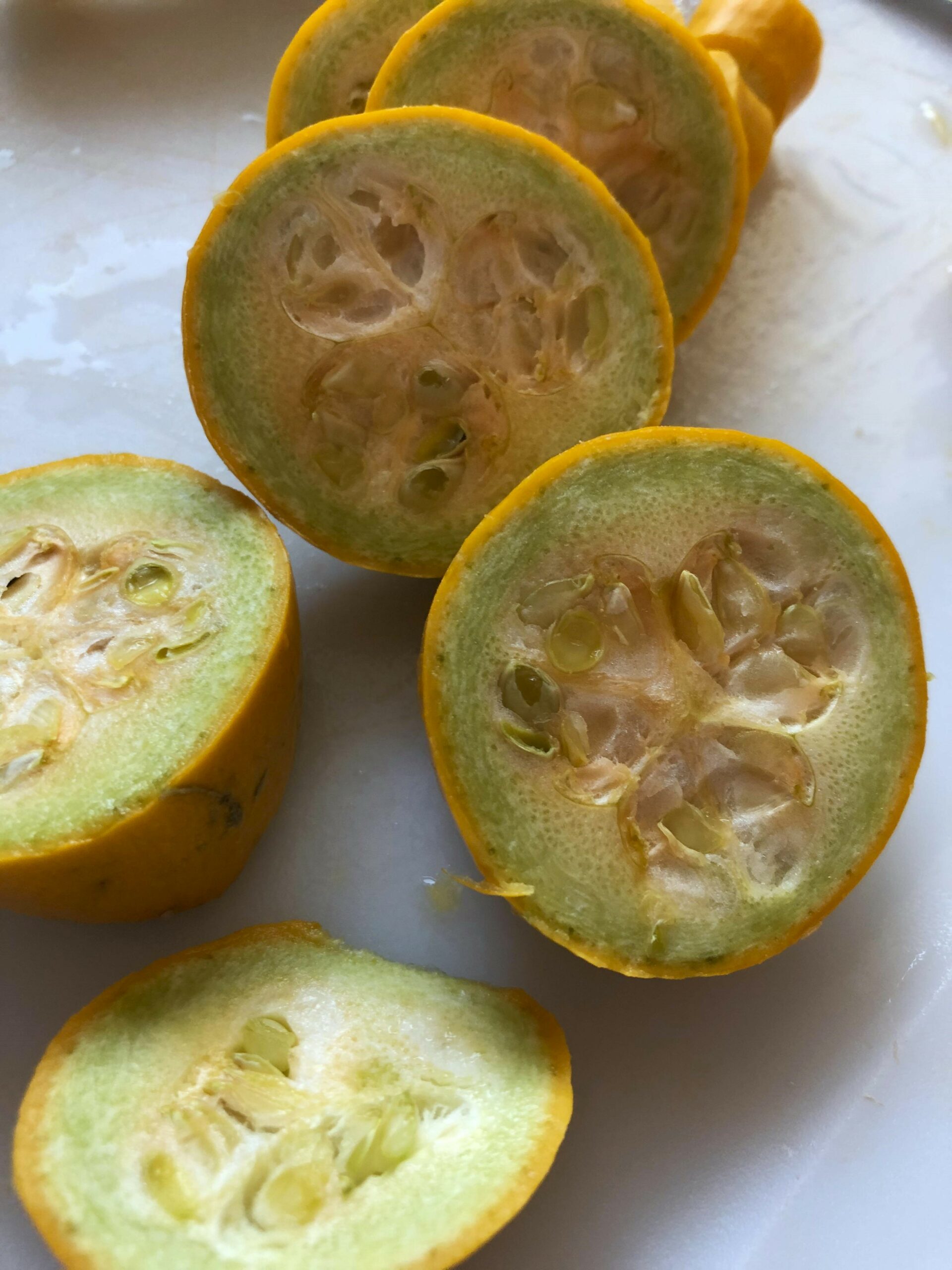Have you ever wondered why your yellow squash sometimes turns green? It can be quite puzzling when you expect a vibrant yellow vegetable, only to find it taking on a green hue. This article will uncover the reasons behind this color transformation, providing you with valuable insights into the science behind this curious phenomenon. So, if you’ve ever questioned why your yellow squash is turning green, keep reading to find the answers you seek!
Possible Causes of Yellow Squash Turning Green
Yellow squash is a popular and versatile vegetable, known for its vibrant yellow color. However, there are instances when yellow squash may unexpectedly turn green. This can be puzzling for gardeners and home growers who are used to the yellow hue. Several factors can contribute to this color transformation, and it’s important to understand these factors to address the issue effectively. Here are some possible causes of yellow squash turning green:

1. Immature Stage of Yellow Squash
One of the most common reasons for yellow squash turning green is its immature stage. Like many fruits and vegetables, yellow squash goes through different growth stages. Initially, when the squash is young, it may display a green color. It is crucial to allow the squash to fully mature and ripen to achieve the desired yellow color. Patience is key when growing yellow squash, as premature harvesting may result in green squash.
2. Cross-Pollination with Green Squash
Cross-pollination can also contribute to yellow squash turning green. Squash plants have both male and female flowers, and they rely on insects or wind for pollination. If a yellow squash plant is in proximity to another plant, such as a green squash or zucchini, cross-pollination may occur. As a result, the seeds of the yellow squash may carry genetic traits from the other plant, causing the squash to have a green coloration.
3. Environmental Factors
Environmental conditions play a significant role in the coloration of yellow squash. Factors such as temperature, sunlight exposure, and humidity levels can influence the squash’s color development. If the temperature is consistently cooler than optimal, the squash may retain more of its green pigment. Additionally, inadequate sunlight exposure can impede the production of chlorophyll, the pigment responsible for the green color in plants. Humidity levels and seasonal changes can also affect the coloration of yellow squash.
4. Nutrient Deficiencies
Nutrient deficiencies can impact the overall health and appearance of plants, including squash. Insufficient levels of essential nutrients, such as nitrogen, phosphorus, and potassium, can affect the development and color of yellow squash. These nutrients play key roles in plant growth, photosynthesis, and pigment production. Without the right balance of nutrients, the squash may exhibit green coloration instead of its characteristic yellow hue. Regular soil amendments and fertilization can help address nutrient deficiencies and promote healthy squash growth.

5. Fungal or Bacterial Diseases
Fungal and bacterial diseases can cause discoloration and abnormalities in yellow squash. Two common diseases that can affect the coloration of squash are powdery mildew and downy mildew. Powdery mildew appears as a white, powdery coating on the leaves, while downy mildew displays yellow patches on the foliage. These diseases can disrupt the natural color development of the squash, leading to green discoloration. Bacterial wilt is another disease that can cause similar symptoms in squash, including color changes.
6. Pests and Insect Infestation
The presence of pests and insects can also contribute to yellow squash turning green. Aphids, squash bugs, and cucumber beetles are common culprits that can infest squash plants. These pests feed on the leaves and stems, causing damage to the plant and impeding its growth. As a defense mechanism, the squash may produce extra chlorophyll to compensate for the damage inflicted. This can result in a greener appearance instead of the usual yellow color.
7. Genetic Factors
Some varieties of yellow squash may naturally exhibit variable coloration due to genetic factors. While most yellow squash is expected to have a consistent yellow color, certain varieties may display a range of colors, including green. If you are growing a specific variety that has these genetic traits, the green coloration is likely just a natural characteristic of the squash. Additionally, hybridization effects can also play a role in altering the color of squash.
8. Harvesting Yellow Squash at the Wrong Time
Harvesting yellow squash at the wrong time can also lead to green coloration. It is important to allow the squash to reach the appropriate maturity before harvesting. Harvesting too early can result in immature squash that hasn’t fully developed its yellow pigment. By waiting for the optimal harvesting period, you can ensure that the squash has reached its peak in terms of color and flavor.

9. Soil pH and Imbalances
Soil pH levels and imbalances can affect the availability and uptake of nutrients by the squash plants. An acidic or alkaline soil pH can hinder the plant’s ability to absorb the necessary nutrients for proper color development. Soil testing can help determine if the pH levels need adjustment or if any imbalances are present. Maintaining a balanced pH can contribute to healthy and vibrant yellow squash.
10. Improper Storage
After harvesting, improper storage can also lead to yellow squash turning green. Exposure to light or high temperatures can cause the squash to undergo color changes. It is important to store yellow squash in a cool, dark place to preserve its color. Additionally, proper airflow and ventilation are necessary to prevent the accumulation of moisture, which can contribute to mold and fungal growth.
By considering these possible causes of yellow squash turning green, you can identify and address the issue accordingly. Whether it’s allowing the squash to reach maturity, addressing environmental factors, or taking steps to prevent diseases and pests, understanding the factors at play can help you enjoy vibrant, yellow squash when harvest time comes. Remember to observe proper harvesting techniques, provide optimal growing conditions, and take preventative measures to ensure healthy and vibrant yellow squash.



